The Building Blocks of a DTO
While DTOs can address different use cases across a variety of industries, there are five common building blocks that all DTOs share.
The first is Destination, a capacity for a company to identify where it wants to go and when it wants to arrive. These goals can include things like optimized business operations, improved or new business models, an optimized customer experience, or a reduction in carbon emissions. The user should be able to identify a time period to achieve this goal and this can be as short as hours or days or as long as decades.
The second is a Map, a guide to how to reach the nominated destination. Kerremans explains that this DTO map is the digitalized business operations model which includes both internal and external interactions, interconnections, and interdependencies.
The third building block is Performance, a means to monitor progress towards the destination goal. This is the business performance management framework that serves to align diverse and heterogeneous data sources and measurement schemes.
The fourth building block of a DTO is Situation. The DTO needs to be able to absorb real-time data from IoT and IIoT devices and integrate these into a business operations intelligence system.
Finally, the fifth building block is Value, the capacity of the DTO to create value for internal and external stakeholders. The DTO needs to guide the business decisions and actions of operational and strategic decision-makers to optimal choices that help them arrive at their destination as initially planned.




